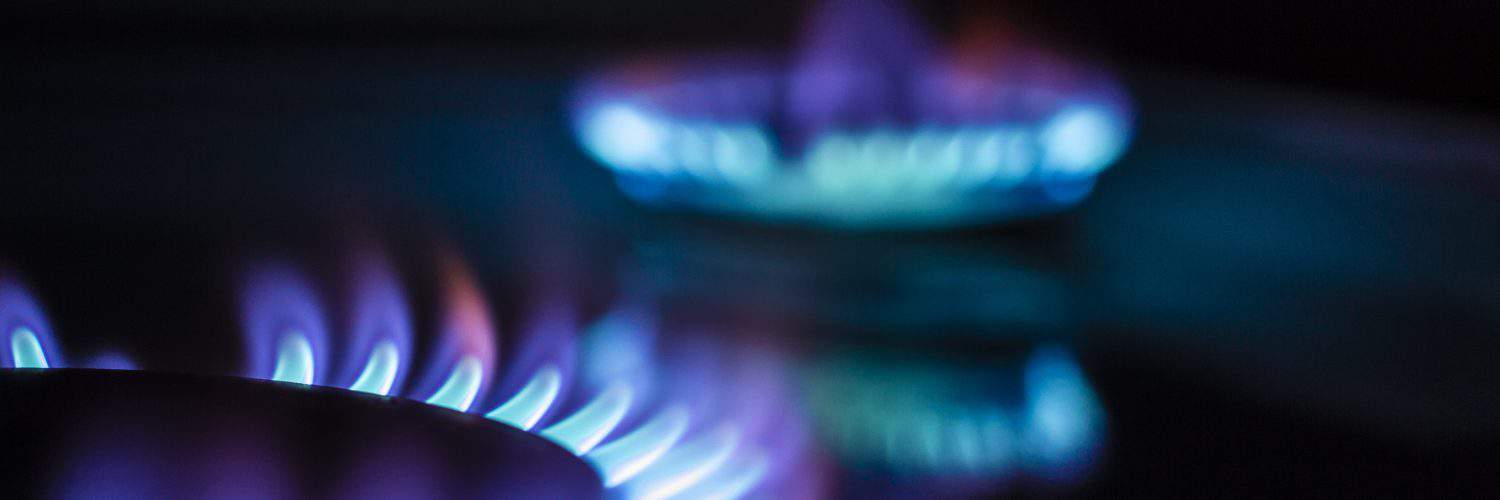2022 has been a turbulent year for natural gas markets, with prices this past summer reaching levels not seen since 2008. Key drivers have been the Russian invasion of Ukraine and the global energy crisis, which have exacerbated inflation, put increasingly heavy pressure on US LNG export demand, and essentially changed global energy trade for the foreseeable future. The shutdown of the Freeport LNG export terminal in Texas, which has been offline since the explosion in June 2022 and kept ~2 Bcf/d in the US for domestic use, has further contributed to the volatility. Uncertainly remains on when Freeport will resume operations, as numerous delays has pushed the restart from October to possibly the first quarter of 2023. We have seen daily prices rise and fall within a range of US$0.50/MMBtu, compared to less than US$0.10/MMBtu over the past few years. While gas futures have dropped significantly since the highs in August, futures are still up about 62% so far this year. Natural gas futures for January have dropped over 20% from last week, currently trading at US$5.09MMBtu as of 2:15pm EDT Thursday afternoon. US dry gas production remains robust and, once we get through this cold snap, weather forecasts for early January are trending warmer than previously expected.
The EIA estimated working gas storage was 3,325 Bcf for the week ending December 16th, following an overall withdrawal of 87 Bcf. This bearish pull was lower than market expectations averaging 93 Bcf and has finally pushed storage levels into a surplus of 0.7% above the five-year average, putting downward pressure on prices.
In Canada, prompt-month futures for AECO are trading at C$5.64/GJ, while Dawn is trading at C$7.10/GJ. Prices have fallen, with week-over-week decreases of $0.55/GJ and $1.03/GJ at AECO and Dawn, respectively. With the cooler temperatures, Canadian heating degree-days over the last week were 24% above the same week last year and 2% above the ten-year normal. Point Logic reports Canadian natural gas storage for the week ending December 16th was sitting at 586 Bcf, after an overall withdrawal of 25 Bcf. Eastern Canadian storage had a withdrawal of 14 Bcf, while Western Canadian storage had a withdrawal of 11 Bcf. Storage levels are now 8% below the 5-year average and 4% below prior year storage levels. Canadian storage is 67% full, with Eastern storage levels now at 84% of capacity and Western storage significantly lower at 61%. A withdrawal of 19 Bcf is expected for the week ending tomorrow.
– Karyn Morrison, Energy Advisor








Add comment